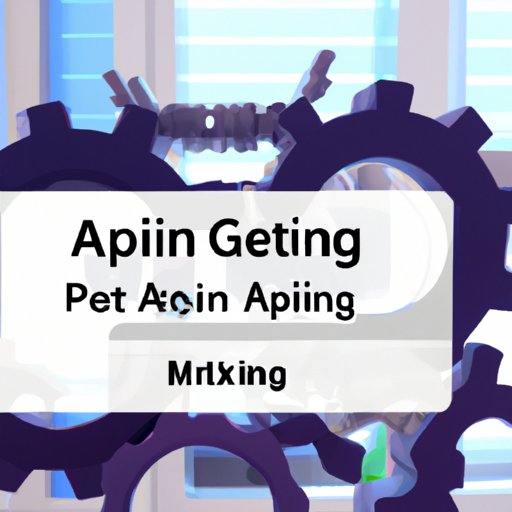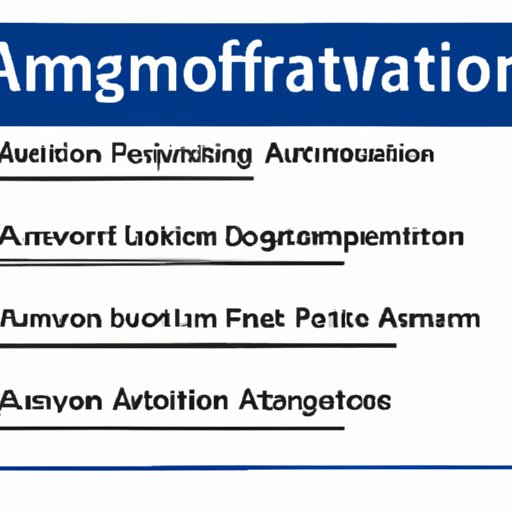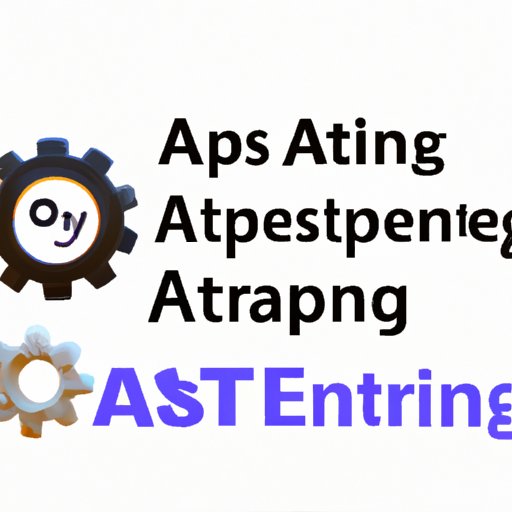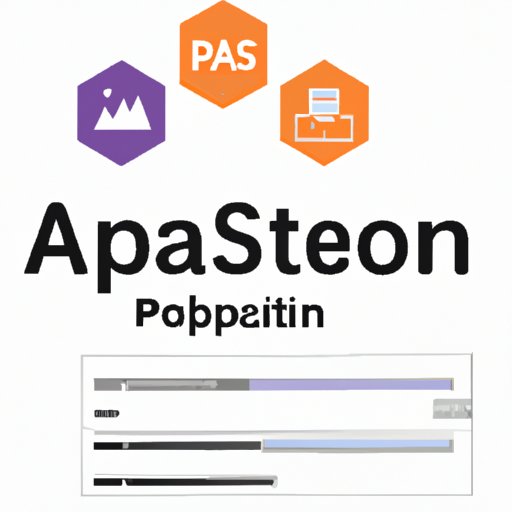Introduction
API testing is a crucial part of software development, as it ensures that applications are functioning properly and securely. It can be a time-consuming process, however, as it requires developers to perform multiple manual tests. Automated API testing is an efficient way to streamline the process and ensure the accuracy of results.
Overview of Automated API Testing
Automated API testing, also known as “programmatic” or “automated functional” testing, is a type of software testing that uses a program or script to automate the execution of tests. This type of testing is used to verify that an application’s programming interface (API) meets its requirements and functions correctly. Automated API testing can be performed against web services, databases, and other components of a system.
Benefits of Automating API Tests
Automated API testing offers several advantages over manual testing. It can save time, reduce costs, and improve accuracy by eliminating human error. Additionally, automated tests can be reused and run in parallel, allowing for faster results and more thorough testing coverage. According to research by Deloitte, “Automation can reduce testing efforts by up to 80%, while also improving test coverage and accuracy.”

Setting Up an Automated API Testing System
Before you can begin automating your API tests, you need to set up an automation framework. An automation framework is a set of guidelines, tools, and processes used to design, develop, and execute automated tests. There are several steps involved in setting up an automation framework, including selecting the appropriate tool for your needs.

Steps Involved in Setting Up an Automation Framework
The first step in setting up an automation framework is to define the scope of the tests. This will help you determine which tests need to be automated and which should remain manual. Once you have determined the scope, you can select the appropriate tool for your needs. There are many automation tools available for API testing, each with its own set of features and benefits.

Selecting the Appropriate Tool for Your Needs
When selecting a tool for automated API testing, it is important to consider the type of tests you need to perform. Different tools offer different features and capabilities, so it is important to choose one that best suits your needs. Some common features to look for include support for various protocols, such as HTTP, REST, and SOAP; integration with continuous integration/continuous delivery (CI/CD) systems; and the ability to create custom scripts.
Types of Tests That Can Be Automated
There are several types of tests that can be automated with API testing tools. These include unit tests, integration tests, and functional tests. Unit tests are used to test individual components of an application. Integration tests are used to test how components interact with each other. Finally, functional tests are used to test specific user scenarios.
Tips and Best Practices for Automating API Tests
When automating API tests, there are a few tips and best practices to keep in mind. First, it is important to design testable APIs. This means creating APIs that are easy to understand and use, and that can be tested quickly and accurately. Additionally, it is important to define clear objectives for the tests and make use of automation tools to ensure accuracy and efficiency.

Popular Automation Tools for API Testing
There are several popular automation tools available for API testing. Postman is a popular choice for API testing due to its intuitive user interface and wide range of features. SoapUI is another popular option, as it allows users to create complex functional tests. Katalon Studio is a great choice for those who want to integrate their tests with CI/CD pipelines. Finally, Load Impact is a good option for performance testing.
Conclusion
Automated API testing is an efficient way to streamline the testing process and ensure the accuracy of results. By setting up an automation framework, selecting the appropriate tool for your needs, and following best practices, you can ensure that your tests are effective and efficient. Popular automation tools for API testing include Postman, SoapUI, Katalon Studio, and Load Impact.
(Note: Is this article not meeting your expectations? Do you have knowledge or insights to share? Unlock new opportunities and expand your reach by joining our authors team. Click Registration to join us and share your expertise with our readers.)
